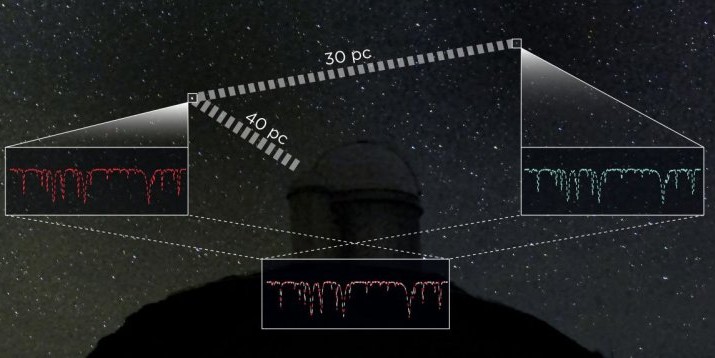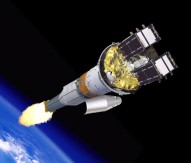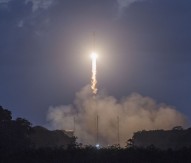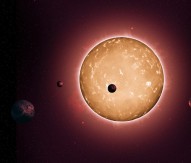
Stellar ‘twins’ method helps gauge star distances
Astronomers from the UK’s University of Cambridge have developed a new, highly accurate technique of measuring the distances between stars.
The method could be used to measure the size of the galaxy, enabling greater understanding of how it evolved. The investigation was funded by the European Research Council.
Using a technique which searches out stellar ‘twins’ (two stars with identical spectra), the scientists have been able to measure distances between stars with far greater precision than is possible using typical model-dependent methods. Using a set of around 600 stars for which high-resolution spectra are available, the researchers found 175 pairs of twins. For each set of twins, a parallax measurement was available for one of the stars.
The researchers found that the difference in the distances of the twin stars is directly related to the difference in their apparent brightness in the sky, meaning that distances can be accurately measured without having to rely on models. Their method showed just an 8% difference with known parallax measurements, and the accuracy does not decrease when measuring more distant stars.
Commenting, lead author Dr Paula Jofre Pfeil of Cambridge’s Institute of Astronomy, said: “It’s a remarkably simple idea – so simple that it’s hard to believe no-one thought of it before. The further away a star is, the fainter it appears in the sky, and so if two stars have identical spectra, we can use the difference in brightness to calculate the distance.”
Since a utilised spectrum for a single star contains as many as 280,000 data points, comparing entire spectra for different stars would be both time and data-consuming, so the researchers chose just 400 spectral lines to make their comparisons. These particular lines are those which give the most distinguishing information about the star – similar to comparing photographs of individuals and looking at a single defining characteristic to tell them apart.
The technique is also being seen as being a valuable complement to the Gaia satellite, and could aid the understanding of fundamental astrophysical processes at work in the furthest reaches of our galaxy.
Details of the new technique are published in the Monthly Notices of the Royal Astronomical Society.




